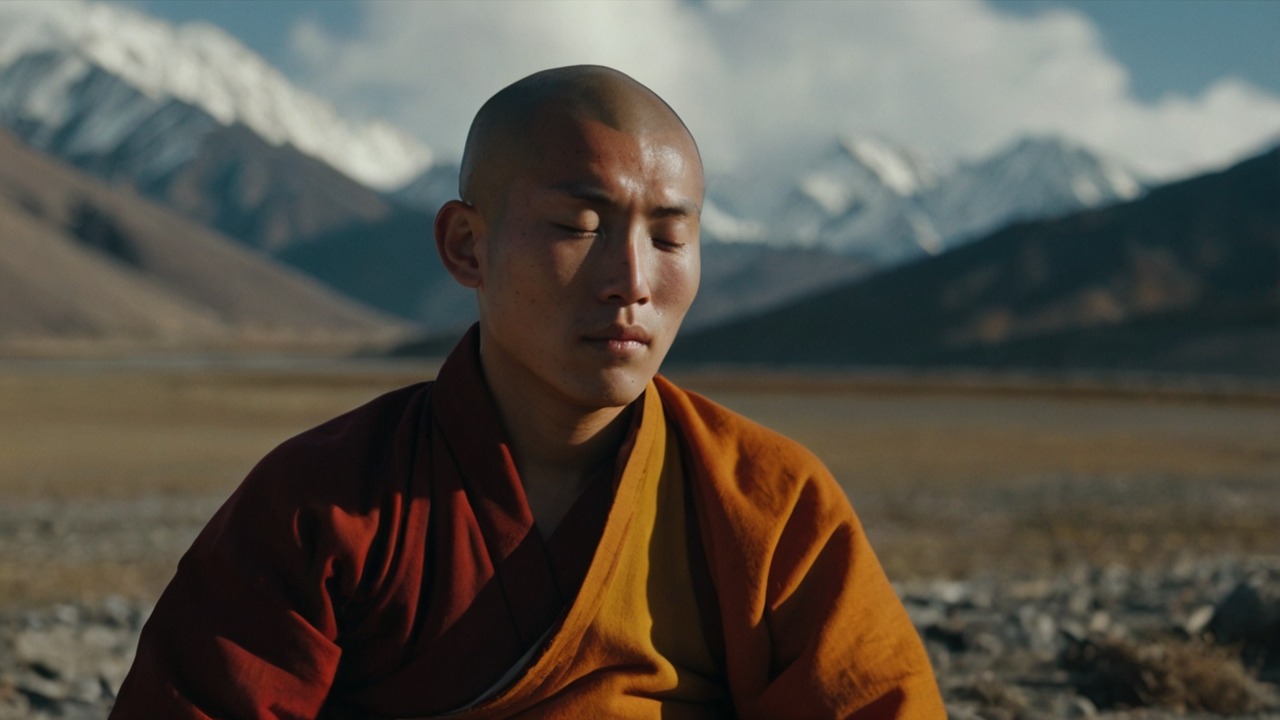Tibetan Dream Yoga is one of the predecessors of modern lucid dreaming practices. Based on his studies of dream yoga manuals from the 14th to the 17th centuries in the Dzogchen and Shangpa Kagyü traditions, American researcher Michael Sheehy highlights three key points:
1. Perceptual plasticity: In dreams, we can change colors, create new sounds, or even see things that don’t exist in the real world.
2. Working with imagination: We can use a lucid dream like a reality simulator to create situations and mental images to practice skills, solve problems, or simply have fun.
3. Awareness of the “mental body of dream”: We can feel our body in a dream, even if it’s not the same as in reality. We can also fly or pass through walls. It’s important to be aware of these sensations and control them.
Which of these practices are you capable of?
The article was published in February 2025 in Dreaming.
Get all the latest news about lucid dreams via our channels on Telegram, Facebook, Twitter




